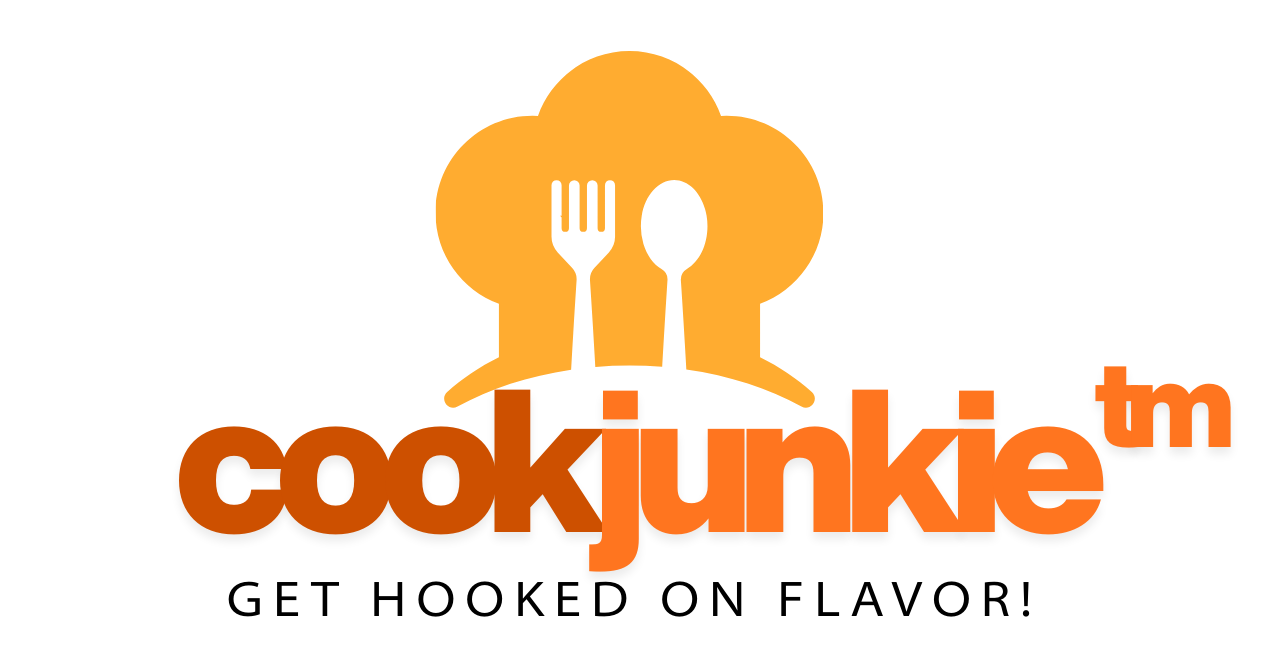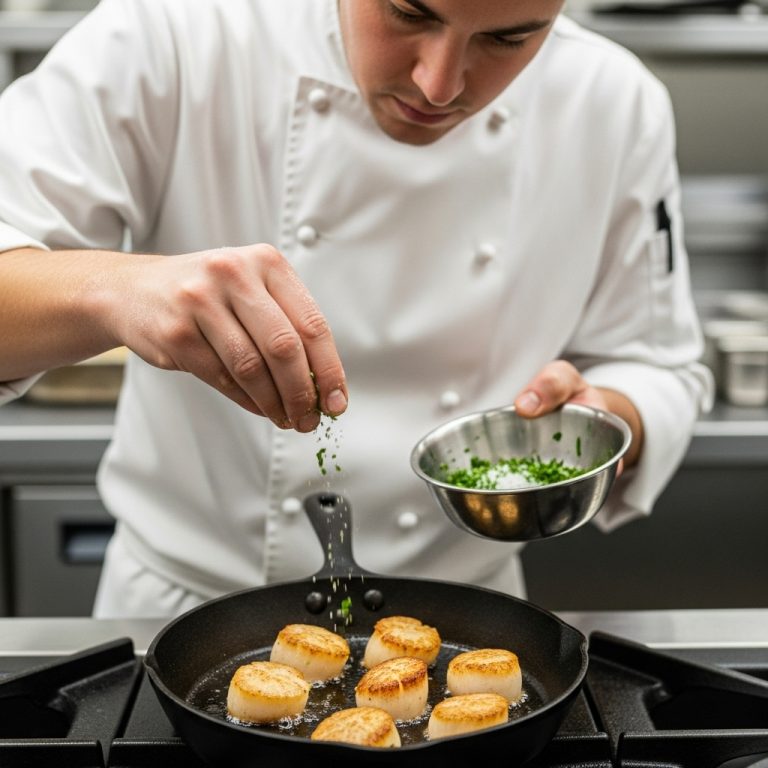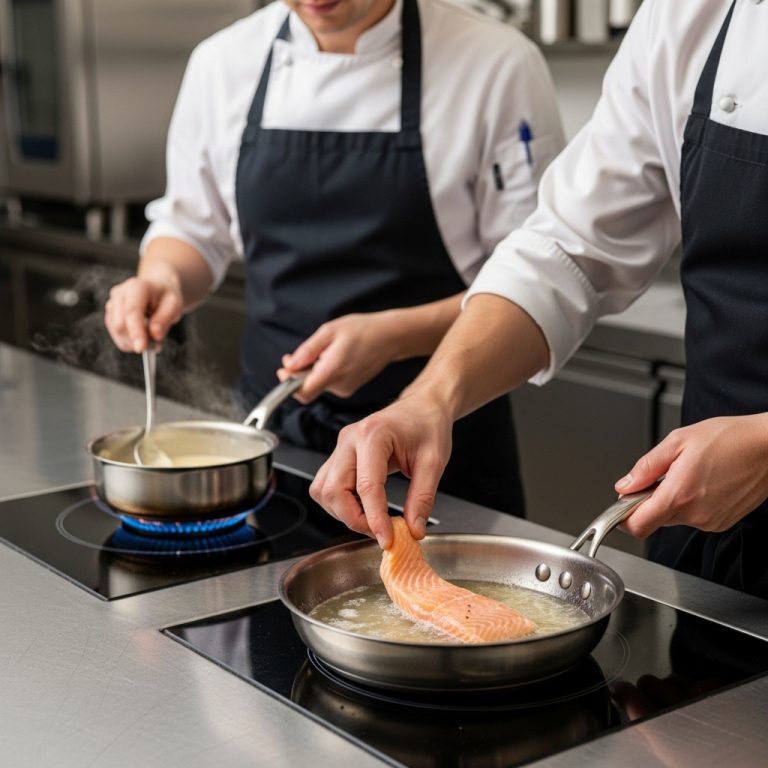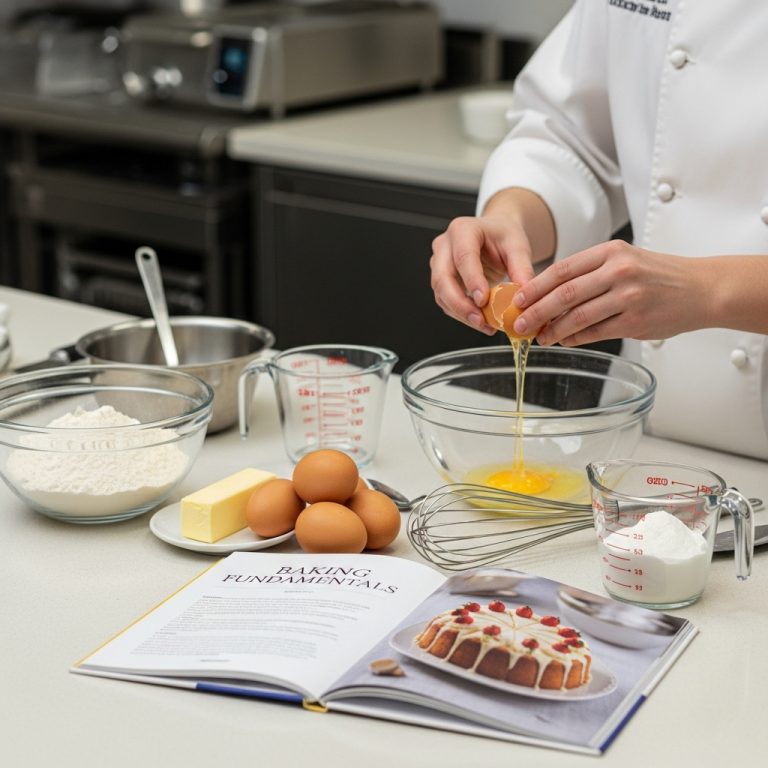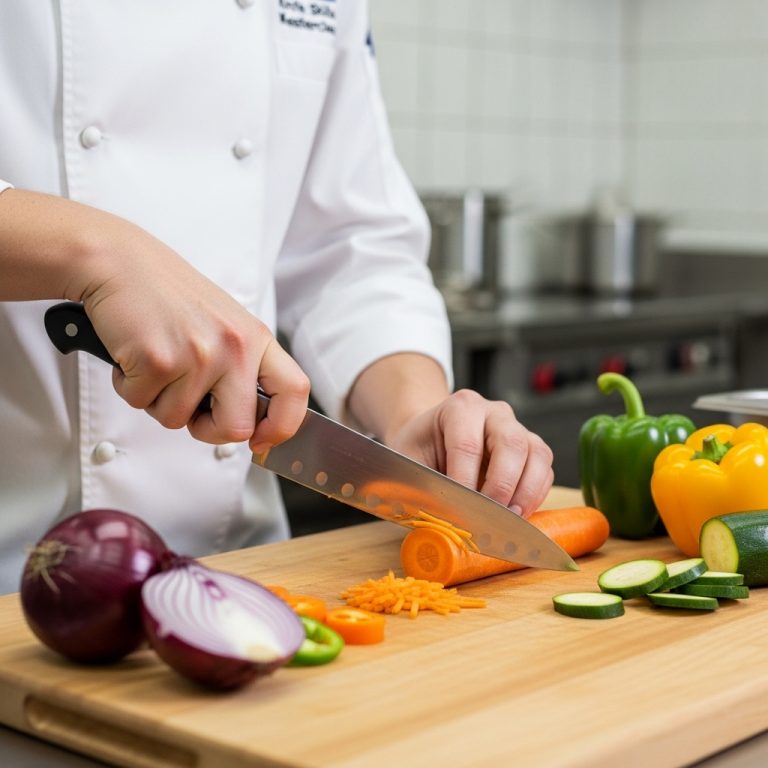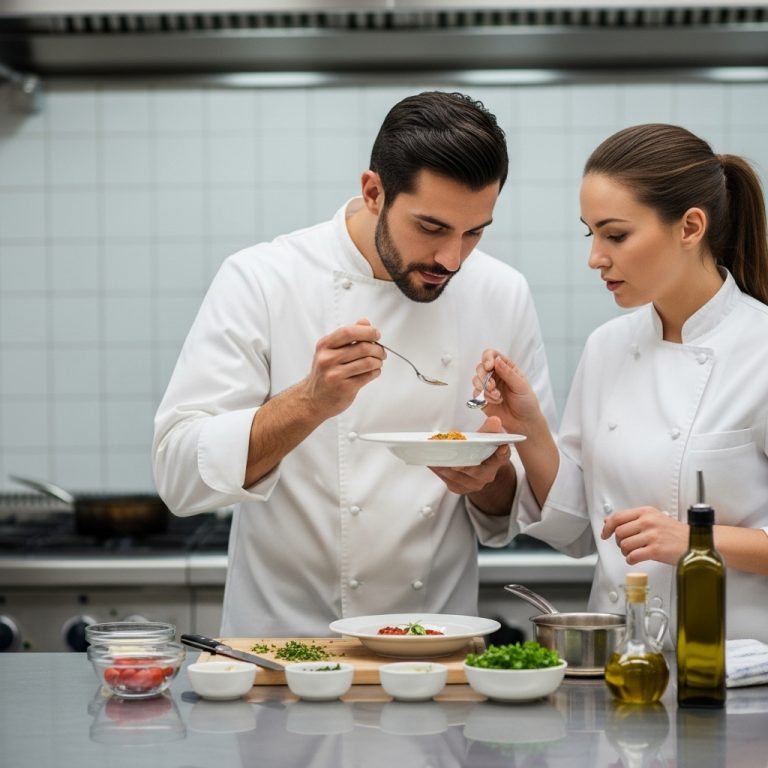The Science of Searing
Lesson Title: The Science of Searing
Objective: By the end of this lesson, students will understand and be able to perform the art of searing proteins. They will learn about different types of sear methods, how to select the proper equipment and tools, and most importantly, how to achieve a perfect sear on various proteins with confidence. Students will also learn how cooking temperatures affect the outcome of the dish and about common pitfalls that may occur during the process.
Core Concept: Searing is a culinary technique where meat or other proteins are exposed to high heat to create a brown crust, known as a “Maillard reaction”. It’s an essential step in many recipes that helps to not only enhance the flavor but also to lock in the juices, resulting in a more tender and delicious final product.
Tools & Setup: For this lesson, you will need a heavy-bottomed pan or skillet, preferably non-stick or cast iron, with good heat distribution properties. You will also require high smoke point oil, like canola or grapeseed, for searing. A pair of tongs and a meat thermometer are essential tools to help turn the proteins evenly without tearing them apart.
Step-by-Step Practical:
1. Pat dry your protein with paper towels before you begin. This helps avoid water from cooling down the pan or causing steam, which can prevent searing.
2. Season your protein well with salt and pepper (or any other preferred seasonings) beforehand to enhance flavor.
3. Heat your pan over medium-high heat until it’s smoking hot. Remember, heat is crucial for a perfect sear; you need to wait for the oil to shimmer before adding your protein.
4. Place your protein into the hot pan and press down gently with tongs or a spatula if needed. Don’t move the protein around in the pan during this stage. Let it cook undisturbed for at least 2-3 minutes until it forms a nice crust.
5. Flip the protein using tongs or a spatula, depending on its size and shape, and sear the other side similarly. The time will depend on the thickness of your protein.
6. Once your protein is seared to your desired level of doneness, remove it from heat and let it rest before cutting or serving. This allows the juices to redistribute throughout the protein, ensuring a tender and moist texture.
Culinary Science Insight: When proteins are exposed to high heat, they react with the amino acids and sugars to create hundreds of different flavor compounds through a process known as the Maillard reaction. The dark brown crust isn’t just delicious; it also indicates that the proteins have reached an ideal internal temperature for safety and optimal texture.
Pro Tips & Variations: You can use other oils with high smoke points, such as sunflower or safflower oil. If you are searing fish or delicate foods, you may consider using butter instead of oil for a richer flavor.
Homework / Practice: To practice this skill, choose one protein (such as chicken breast, steak, pork chops, salmon), season it and try to sear it. Observe the color change and understand how each side cooks differently based on its thickness and shape.
Reflection: Searing is more art than science, requiring practice and patience. The perfect sear is an indication of mastery over heat control and an understanding of the Maillard reaction. As you sears different proteins in your kitchen, remember to let the protein rest before cutting or serving. This small step makes a huge difference in enhancing the juiciness of your food.
